
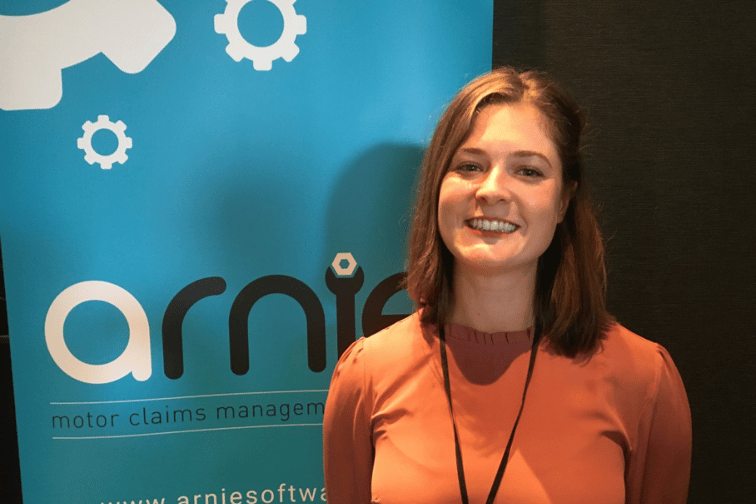
At the InsurTech Summit in Sydney about 150 delegates, speakers and exhibitors were on hand to network and learn about the latest insurtech developments impacting the insurance industry. How to use technology to improve claims management and better use of data were consistent themes.
Melbourne based Danni Robson (pictured above), head of product for Arnie at Yarris Technologies, was one of the exhibitors.
“We work with insurers, assessors and their repairers to try and centralize everything that they do in the claims management space and really streamline and make it easier for the person at the end of the day that needs to make a claim,” said Robson.
For the Yarris head, like many others, the summit was one of the first times in two years that she was at a conference and face-to-face with lots of potential customers.
“So I really just want to get our name and our face out there and meet some interesting people that want to do the same thing,” said Robson.
Read more: Insights and drama from the InsurTech Summit
Nearmap, the Sydney based aerial imagery technology and location data company was also exhibiting.
“One of the main products that we’re working with the insurance companies on is our impact response imagery. So we will identify areas that have been impacted by a natural disaster like a fire or a flood and we will go out and proactively fly and capture that imagery,” said Fletcher Heywood (picture immediately below), Nearmap solutions engineer.
The company says its library of aerial images now covers 90% of Australia’s population and are the most frequently updated images of their kind in the world.
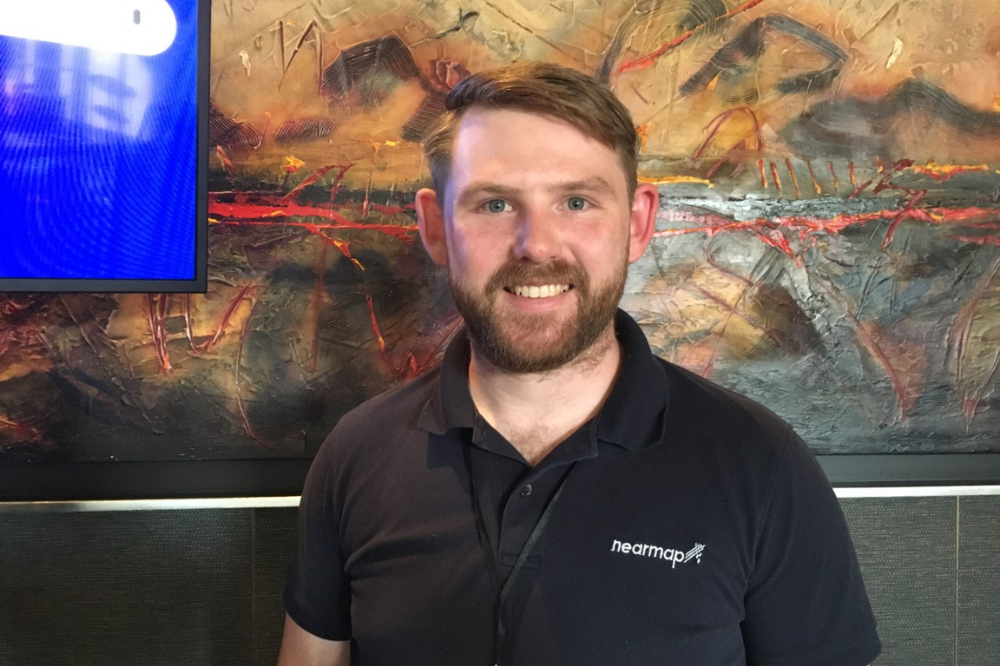
“So we can capture when there is actual impact and allow the insurance companies to identify the risks to the properties or the impacted properties themselves,” said Heywood.
The images are good enough, said Heywood, for insurance companies to assess damage claims.
“We’ll do a five-to-seven-centimetre resolution image, so five-centimetre pixels, and with that you can see most of what you’d need to see,” said Heywood.
Nearmap started capturing imagery in 2007. Customer success manager, Jason Tyldsley (pictured immediately below), said much of their image catalogue goes back a decade.
“You can see the actual extent of all the damage that’s happened and all the relative change. We have a time tool in our bespoke website solution that allows you to go backwards and forwards. It’s very powerful imagery,” said Tyldsley.
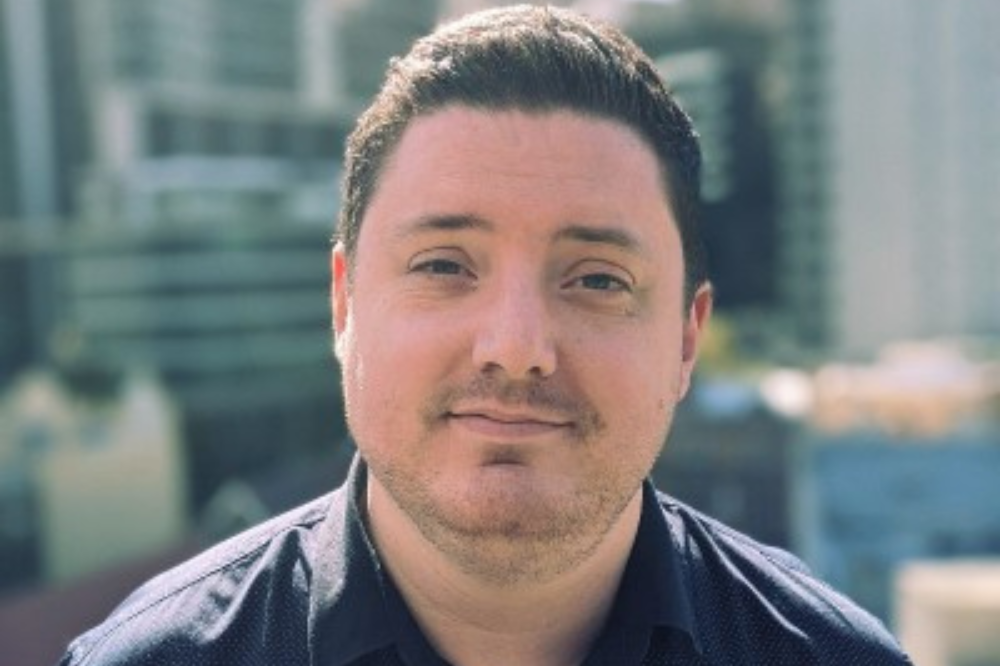
Heywood said “a lot of the main insurance companies” use their technology. Consequently, Nearmap was busy during the recent flooding across the east coast.
“We flew and captured images of a whole bunch of those areas including Lismore, Ballina, a little in Byron, as well as Brisbane,” he said.
Delegate Peter Jose (pictured immediately below) was at InsurTech to represent another tech company specializing in image capture and just making its way into the Australian market.
“I’m the regional sales director from Tractable AI. We are a start-up insurtech unicorn based out of London, UK,” he said.
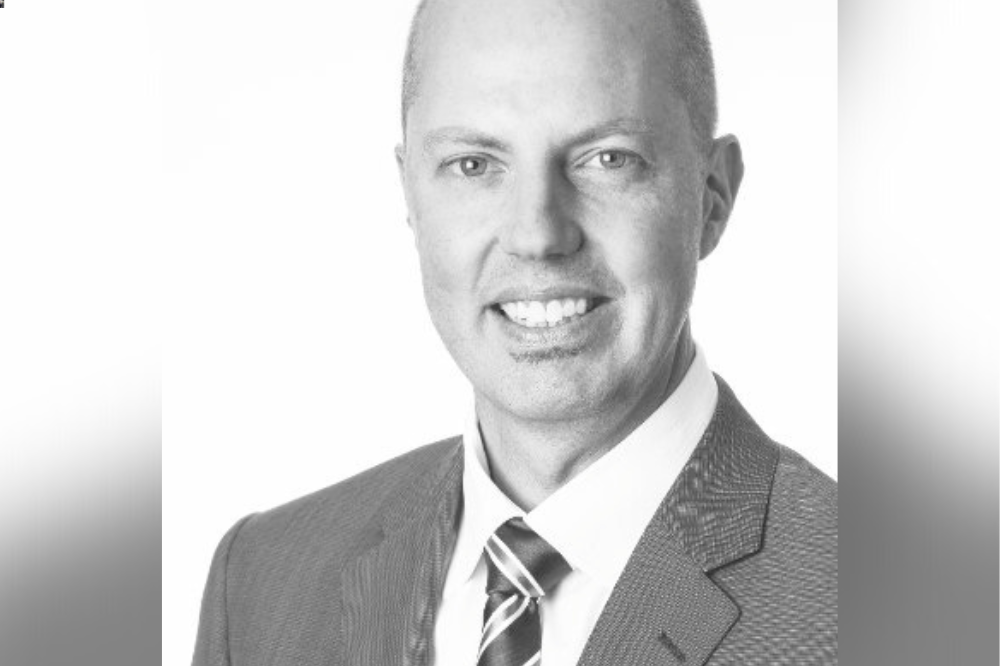
Tractable specializes in motor insurance and is expanding into the property space.
“What that looks like [in the motor space] is effectively leveraging digital capture of imagery to then run through our AI models to then assess and effectively estimate damage, or the category of damage, whether it’s repairable replaceable, or a total loss in order to really collapse and expedite that customer experience in terms of response times from the insurers,” he said.
Their offering extends to the car rental and car share spaces.
“So that allows the car’s renter to take a quick video of the vehicle and we assess, in real time with the AI, any damage associated with that. Today, those particular companies don’t have a mechanism for being able to assess any damage in between hires,” said Jose.
He said that allows rental and share companies to make claims under their group insurance and make decisions about repairs.
“There’s a lot of incidental damage that might cost $80 or $100 here and there but the sum of those parts across a large fleet starts to actually become quite expensive,” said Jose.
He said Tractable currently works with one of the biggest car salvage operators in the US.
“We’re taking all the lessons learned from other markets like the UK, Japan, the US and Europe to start to work with local insurers, rental companies, car share companies and also even aftermarket salvage and recycling companies to say: how can AI actually help complement that process?” he said.
One of the largest reinsurers in the Australasian region was also at InsurTech.
“We focus on a couple of things,” said Mike Van Vliet (pictured immediately below), portfolio manager with Hanover Life Re Australasia. “We’ve got a small business around direct insurers but our value proposition is more around the reinsurance. So you could call us the insurer of the insurance companies,” he said.
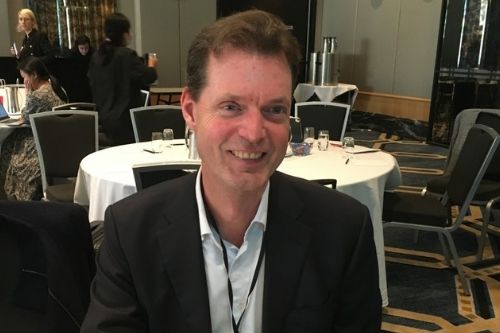
Reinsurance, he said, allows insurers to de-risk their business and expand it.
“So the direct insurers in the market will want to expand their market or reduce their capital requirements or something similar and they’ll actually reinsure some of their book to us, pay us a premium and we take on some of the risk,” he said.
Liz Nevin (pictured immediately below), project lead – Salesforce - at Hannover Re said their broad perspective on the industry through a world-wide book of insurer clients means they can offer insurers additional support through thought leadership, global studies and identifying trends.
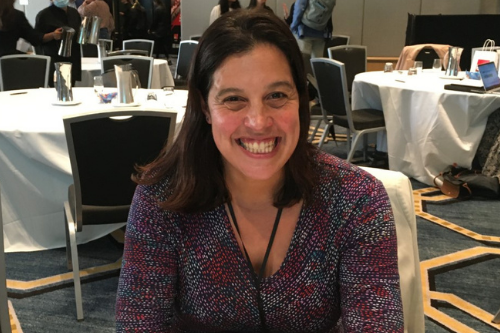
Nevin said one reason her firm was at the summit was to promote their platform called equarium.
“It’s a site where insurtechs can put themselves on this platform and that allows insurers to go on there and start relationships with them. Globally, we do have an interest in this space. It’s where we’re all heading so we’re here for that reason,” said Nevin.
Back at the coffee bar we found Roland Cagé (picture immediately below), CEO of Split It, part of the Ray White group of companies. Split It is a comparison platform specialising in comparing utilities costs.
Cagé said he was at the summit representing the White family who claim to run Australasia’s largest real estate network. The White family, he said, now also operate “one of the largest mortgage aggregation businesses across Australia and New Zealand.”
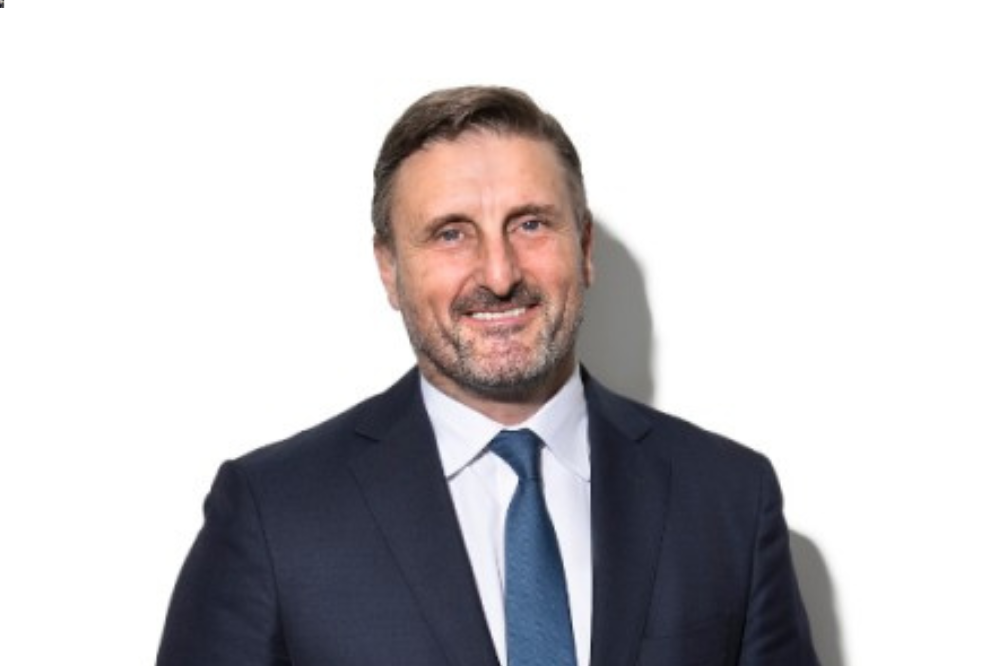
“We’re now looking at how can we extend the customer experience through our brokers even further beyond when the loan is complete,” he said.
Cagé was at InsurTech to find some technology.
“To have some tech that enables the consumer,” he explained, “when they get the loan conditionally approved and they have to get an insurance certificate, to quickly get a comparison and hopefully a couple of products.”
Cagé also underlined the importance of data.
“The beauty about our business in mortgage broking - we have all this data. We know so much about the client and their assets. Let’s leverage that data to provide a better experience and keep them protected,” he said.
